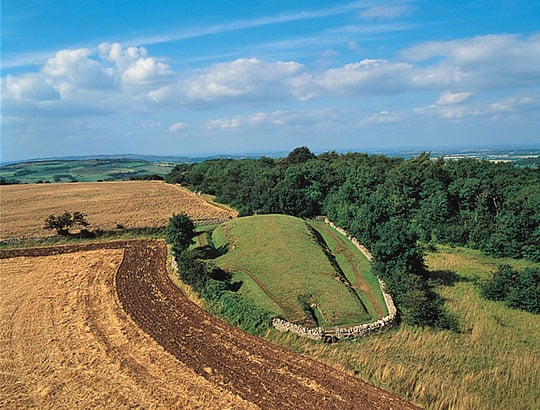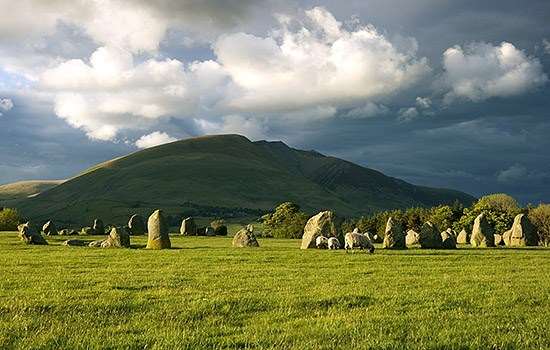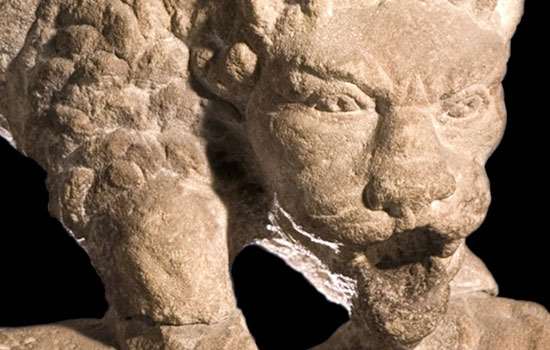History of Belas Knap Long Barrow
Belas Knap is a particularly fine example of a Neolithic long barrow featuring a false entrance and independently accessible side chambers. Other examples, such as Uley and Nympsfield barrows, have strongly emphasised entrances with chambers opening out on either side of a central passage.

False Portal
At Belas Knap the impressive entrance is a dummy and the burial chambers are entered from the sides of the barrow – when closed and covered by earth they would have been invisible from the outside.
It was probably constructed around 3000 BC and was used for successive burials over a period of years until eventually the burial chambers were deliberately blocked.
Opinion differs as to the reason for the false portal. It may have been to deter robbers, although little in the way of value has been found in undisturbed tomb chambers. Alternatively, it could be that the false entrance functioned as a ‘spirit door’, intended to allow the dead to come and go and partake of offerings brought to the tomb by their descendants.
Restorations
Although Belas Knap seems in good condition, this is the result of several restorations.
Romano-British pottery found inside one of the burial chambers show that it was open in Roman times. It was explored between 1863 and 1865 using the archaeological methods of the time, and some years later was restored by Mrs Emma Dent of Sudeley.
In 1928–30 the site was excavated again, before being restored as we see it today.
Description
Belas Knap Long barrow has a trapezoid mound, rather unusually orientated north–south, with a drystone retaining wall.
At the northern end of the mound is the forecourt, which consists of a recess flanked by two ‘horns’, or projections of the mound. This is fronted by the false entrance of two standing stones and a lintel stone.
Four burial chambers have been identified within the mound; these are situated in the south-east, north-east, west and south of the monument. Each chamber was probably enclosed by its own small mound that was later incorporated into the main barrow structure.
Excavations
During the 19th-century excavations, the false entrance was found to cover the remains of six skeletons, including five infants, which are thought to be early Bronze Age interments.
The south-eastern chamber contained the remains of two males and two females along with animal bones and flint artefacts.
The north-eastern chamber contained twelve burials, the western chamber fourteen, and the southern chamber just one. The excavators also reported finding a circle of flat stones beneath the centre of the mound, though these were later removed.
Further Reading
Grinsell, LV, Belas Knap Long Barrow (HMSO guidebook, London, 2nd edn, 1978)


